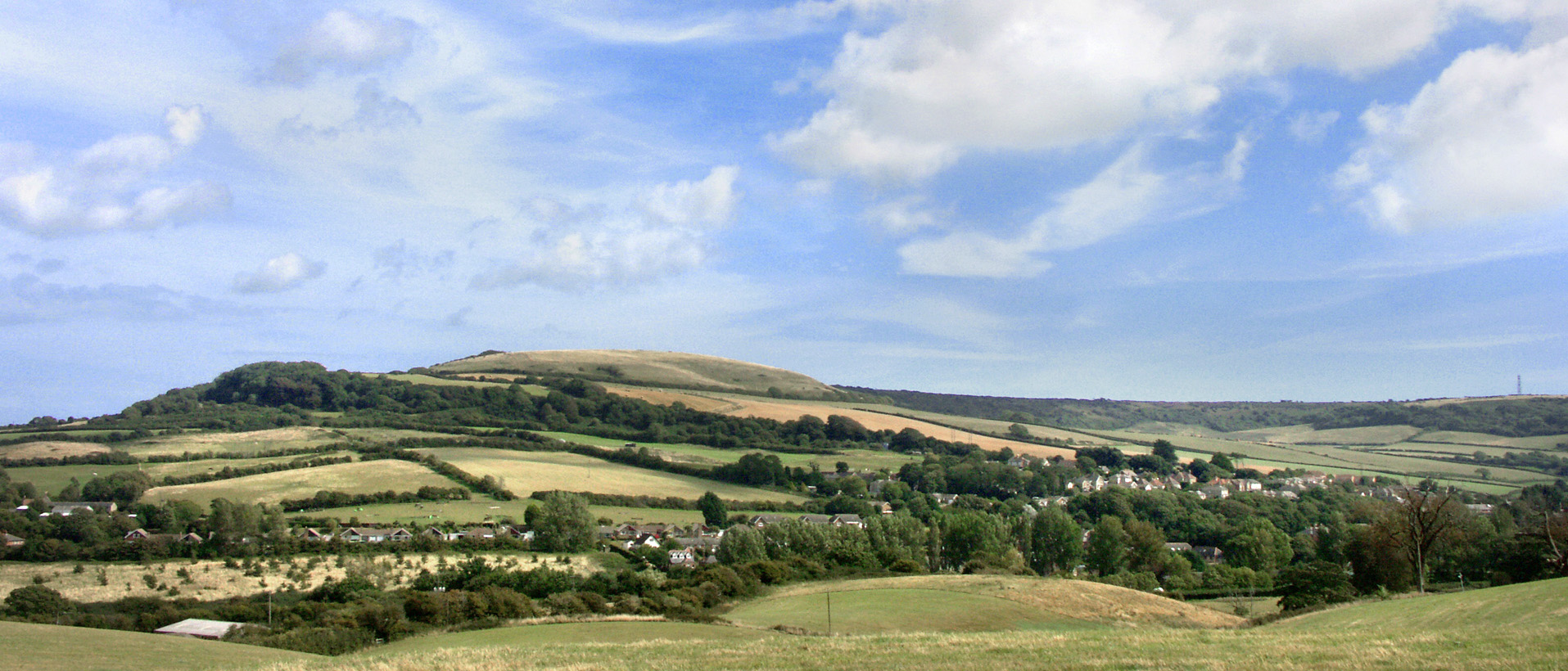History of Quarr Abbey
(Supplied by Peter Clarke of the Catholic Historical Society)
www.iow-chs.org
The ancient abbey of Quarr was founded in 1132 by Baldwin de Redvers, later Lord of the Island and Earl of Devon. He brought monks from Savigny Abbey, in Normandy to the island for the monastery.
The abbey took its name from the quarry to the east of it. It had a library and an infirmary: some of the monks were doctors and pharmacists who tended islanders. The abbey maintained the bridge at Wootton, tide mills and salterns (for producing salt). It had an establishment at the entrance to Wootton Creek at Fishhouse, now Fishbourne, from which its ships could sail. Monks from Quarr were responsible for many surrounding granges (large agricultural establishments) and churches, including for a time Saint Nicholas’ chapel at Carisbrooke Castle.
In 1147 the whole congregation of Savigny, including Quarr Abbey, joined the Cistercian congregation. Foundations were made from Quarr Abbey at Stanley in Wiltshire in 1154 and at Buckland in Devonshire in 1278. Following the French attack on the Isle of Wight in 1377, the Abbey fortified Fishouse and the mill on Wootton Creek; a few gun-ports were set into the enclosure wall facing north.
Despite the good reputation of its monks, the Abbey was closed under King Henry VIII in July 1536. The last abbot, with one of his monks, crossed the Solent to resume their religious life at Beaulieu, while two other monks went off to Quarr’s daughter house at Buckland. The abbey was purchased and demolished by Mr John Mills of Southampton. Some of its stone was used for building Yarmouth Castle.
Like other monastic ruins, Quarr was left as a derelict monument to a bygone age, with ivy gradually enveloping the ancient walls. Nothing else happened until 1882, when Fr. John Baptist Cahill, parish priest of Ryde, started to walk to the abbey ruins on Sunday afternoons in Summer with some of his parishioners. En route they prayed the rosary, asking Our Lady to intercede to restore monastic life at Quarr. They could hardly have anticipated that within 30 years a new monastic abbey would rise and be consecrated to the glory of God and (like its Medieval ancestor) in honour of Our Blessed Lady. This annual walk from Ryde to Quarr abbey has recently been resurrected by our society.
With the French anti-clerical laws of 1901, the monks of Solesmes, under their abbot, Dom Paul Delatte, came to Appuldurcombe House, near Ventnor. They were voluntary exiles from the unjust laws against religious life. In 1907, the monks bought Quarr Abbey House, next door to the ruins of the ancient Quarr Abbey. Queen Victoria had been a frequent visitor to Quarr Abbey House, and her daughter, Princess Beatrice, had spent her honeymoon there following her marriage to Prince Henry of Battenburg.
A small advance party of monks came to Quarr Abbey House to make preparations. Soon, the first part of the monastery, including the refectory, was built and the rest of the community of Solesmes came across from Appuldurcome, the younger ones on foot. The wooden church from Appuldurcombe was reassembled at Quarr for temporary use.
In April 1911, local builders began the construction of the abbey church. It was completed the next year, and consecrated on October 12th, 1912.
One of the monks of Solesmes, Dom Paul Bellot, who was an architect, was commissioned to design a monastery and church.
The Guest House was finished in 1914, and the first guest was the French philosopher, Jacques Maritain. During the First World War, the Guest House was used for the convalescence of wounded soldiers. Princess Beatrice came to visit them as Governor of the Isle of Wight. Robert Graves stayed there for a short time and recalls the fact in “Goodbye to All That.”
Abbot Paul Delatte retired in 1921, after ruling his community for over thirty years. Dom Germain Cozien was elected in his place and with the situation in France improved, decided to take his community back there. Their return was completed by September 1922, but the community always looked back on their time in the Isle of Wight as one during which they came close to God through a relative absence of distractions.
However, not all of the monks went back to France: twenty-five, with Dom Emile Bouvet as superior, remained to carry on monastic life at Quarr, dependent on Solesmes. Lay brothers were a great support. Gradually Englishmen came to be monks: the first such profession was in 1930, and the first ordination in 1936.
Dom Emile Bouvet died in 1937, and Dom Gabriel Tissot became abbot in that year. He saw the abbey gradually become more English.
Following his retirement in 1964, the first English Abbot of Quarr was elected: Dom Aelred Sillem. He guided the community through the changes of the Second Vatican Council. In his time, the position of high altar was changed and a pyx hung over it as a tabernacle. He was at the same time devoted to the Solesmes tradition, and able to see the community through the process of becoming more English.
Following his death, Dom Leo Avery was elected abbot. With an engineering background, he was able to take charge of the measures to stabilise the church. After only four years, to the great distress of the community, Abbot Leo died of a brain tumour.
In 1996 Dom Cuthbert Johnson was elected abbot. Under his leadership, monastic craft was developed, and the bindery was opened. He did much to open up the monastery to visitors, establishing the tea shop and gardens. He also re-ordered the abbey church, and initiated and oversaw the development of the new guest wing.
He retired in 2008, and Dom Finbar Kealy was appointed Prior Administrator. Although much has happened since the first monks of the community came to the Isle of Wight, the purpose of the community is still the same: to seek and praise Almighty God.
The Island is fortunate to have the two Benedictine abbeys of Quarr and St. Cecilia’s, which are power-houses of prayer and where Gregorian chant in praise of the Lord, can be heard every day

